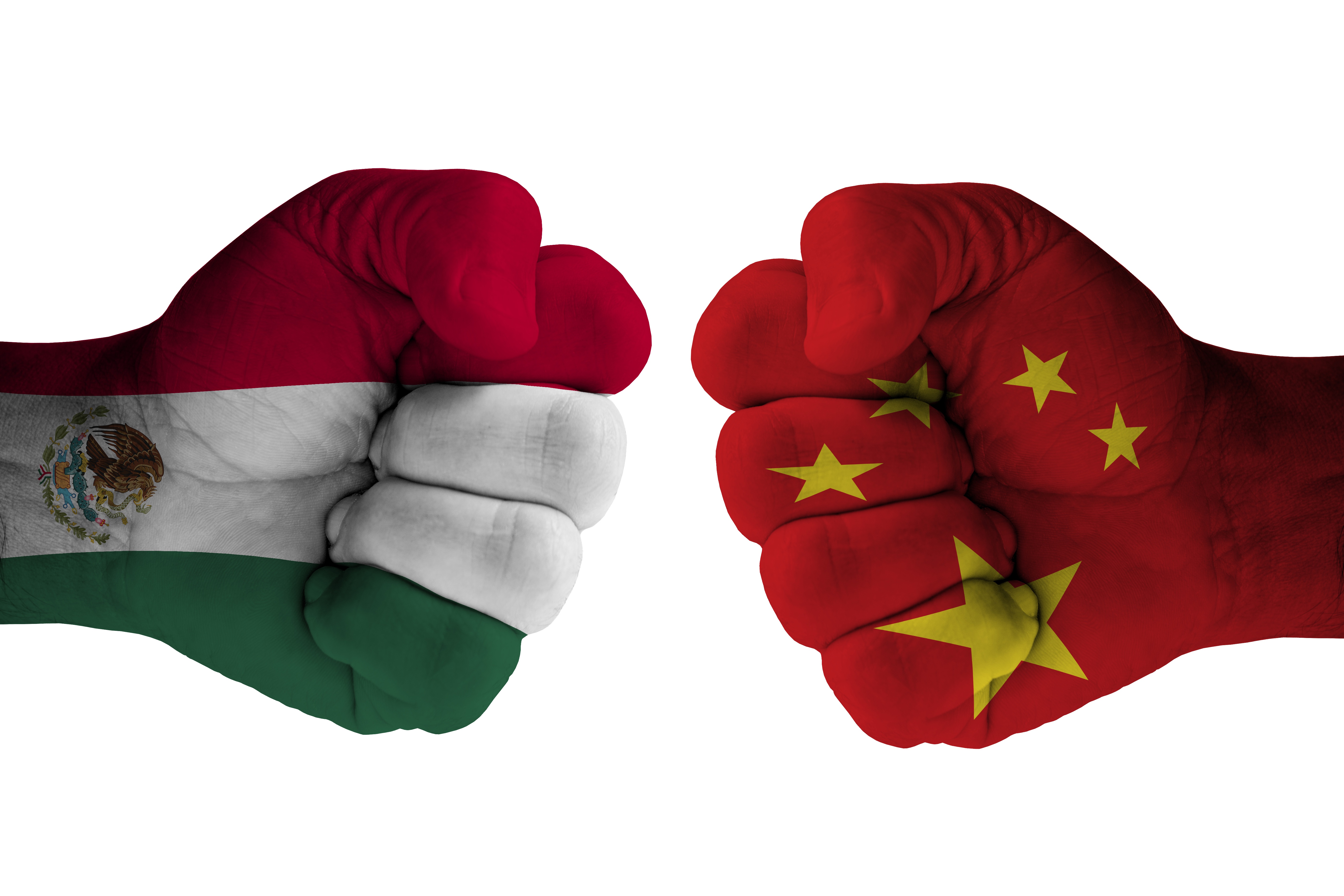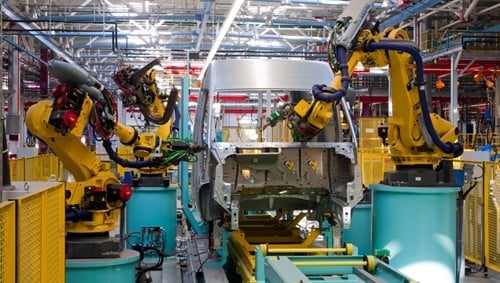Next-shoring, a term recently coined by McKinsey & Company, speculates that manufacturing overseas is rapidly moving to areas of high innovation and market demand closer to consumers. This new frontier of manufacturing points to physical proximity to customers, talent and innovation as the new measure of supply chain success, and manufacturers in Mexico are one step ahead of the game.
The future of manufacturing
As technological innovations continue to change the landscape of supply and demand, more and more companies are finding themselves reconsidering previous cost-saving business strategies. We have already seen a considerable shift away from offshoring overseas due to continuously increasing wages in countries like China, but overseas offshoring now has another caveat: it is simply too slow to keep up with consumer needs.
The introduction of groundbreaking technologies like 3D printing and robotic automation have already left their mark on supply chain management, and companies are finding it more and more crucial to locate themselves near hubs of innovation - not just to keep costs low, but also to reap the benefits of the collaboration and advancement it affords. Speed-to-market capabilities have rapidly increased largely due to these kinds of advancements, and consumers are no longer complacent to wait long, if it all, for their goods and services.
These pressures mean that manufacturers must streamline their supply chains and continue to capitalize on new technologies to meet always growing industry needs. It is clear that adapting to the technological advances of today and the future is incredibly important for sustained supply chain success, but an important question remains: What if manufacturers could benefit from offshoring and next-shoring?
The intersection of responsive and competitive
Many businesses like Apple, Ford, GE and Caterpillar have already capitalized on these findings and shifted their production strategies, realizing that swift delivery is an important part of the supply chain. While some companies have chosen to re-shore all of their manufacturing efforts in full, many still benefit from the reduced costs and global presence that offshoring allows and have opted to join the manufacturing movement from China to Mexico.
This nearshoring trend offers companies a way to capitalize on the benefits of both, subsequently making manufacturing in Mexico an important phase of the next-shoring process. North America offers an incredibly efficient and reliable network of transportation that meets today's speed-to-market needs, eliminating the lag experienced by manufacturers offshoring overseas. Mexico is also home to several hubs of innovation, including the Sonora aerospace clusters, where well-educated and highly skilled labor is available.
This talented manufacturing workforce may not be available at home for much longer, either. According to Information Week, the majority of baby boomers in the U.S. are currently retiring, and the millennials filling in the workforce behind them have significantly less interest in these kinds of manufacturing jobs. Industries such as medical manufacturing will continue to seek highly-skilled talent, even in the wake of robotic automation, and Mexico's availability is capable of meeting the industry's unique needs.
While the implications of today's technological growth suggest that offshoring overseas may soon be obsolete, nearshoring in near-to-consumer countries like Mexico offer manufacturers the many benefits of both next-shoring and nearshoring. Contact the Offshore Group for more info.
Subscribe
Sign up and stay informed with tips, updates, and best practices for manufacturing in Mexico.





